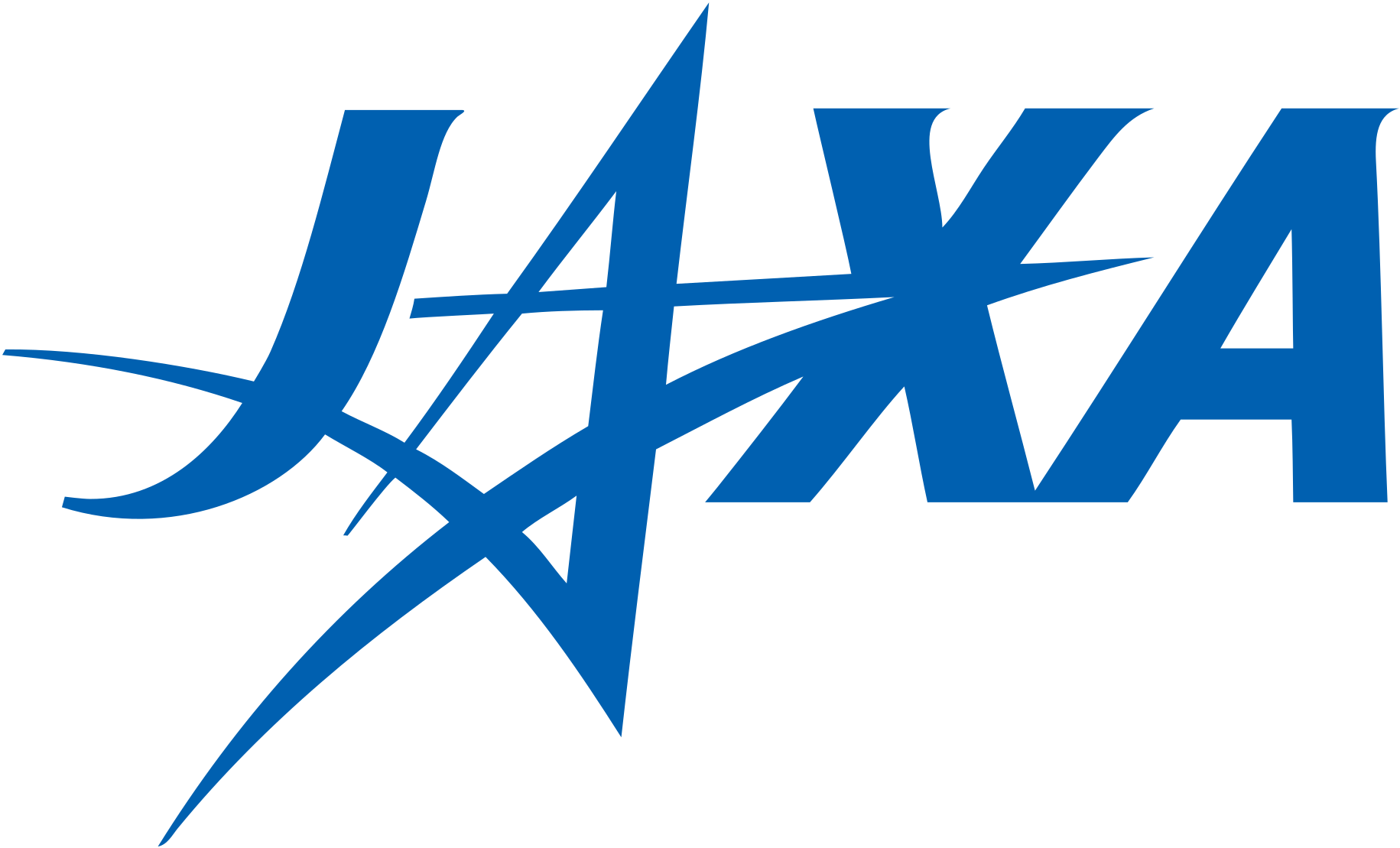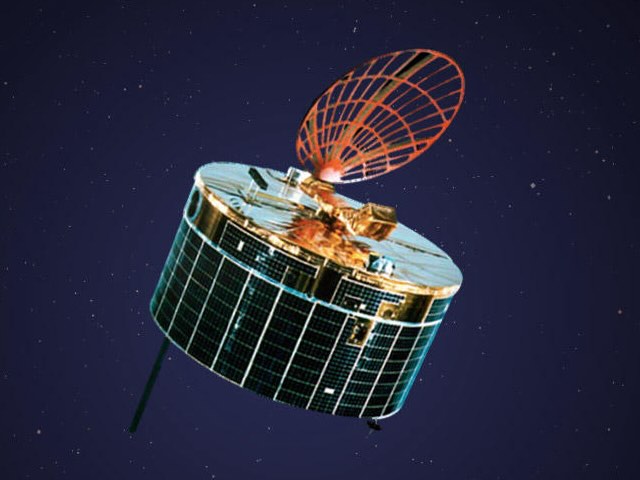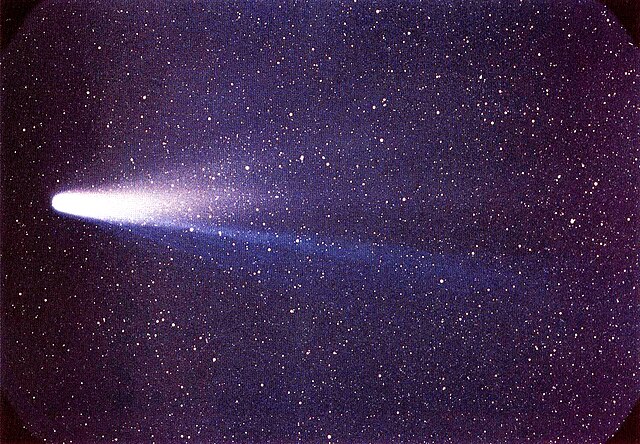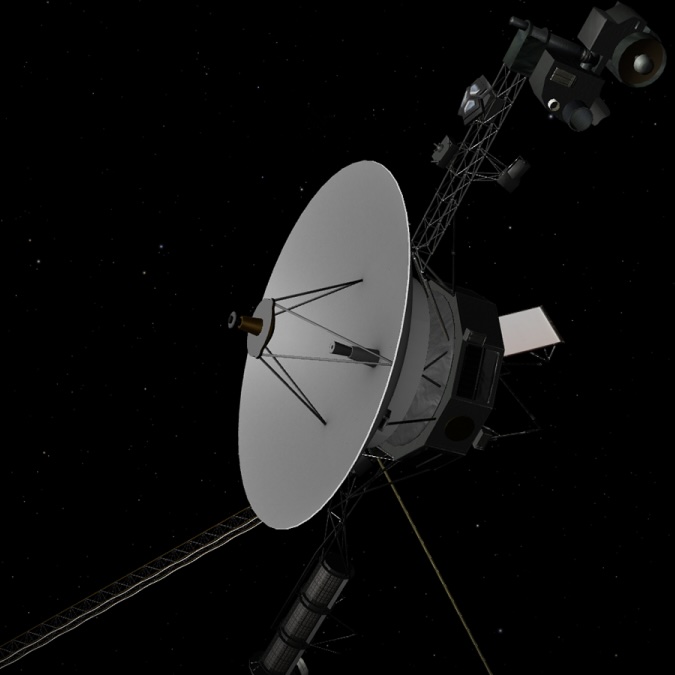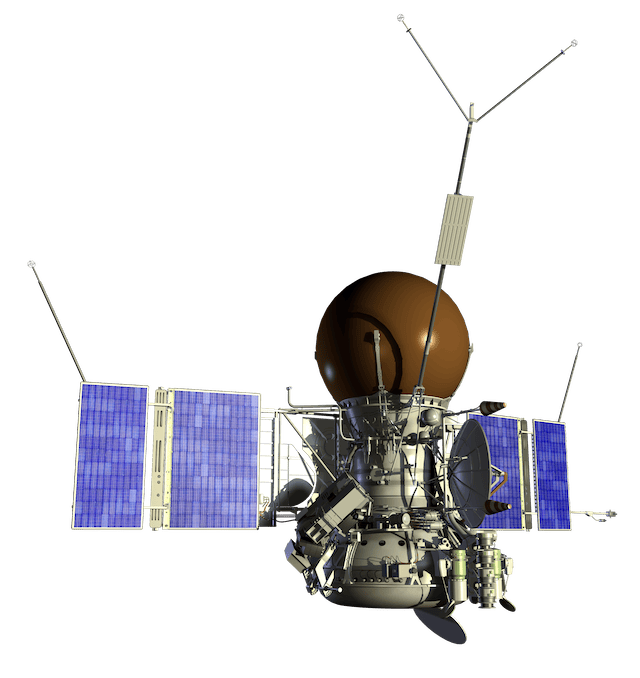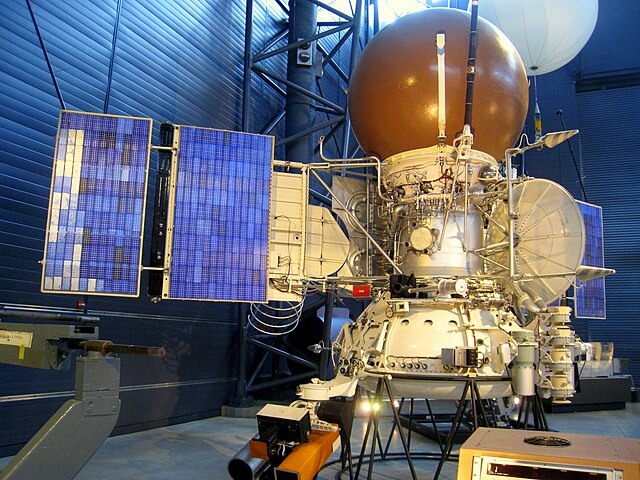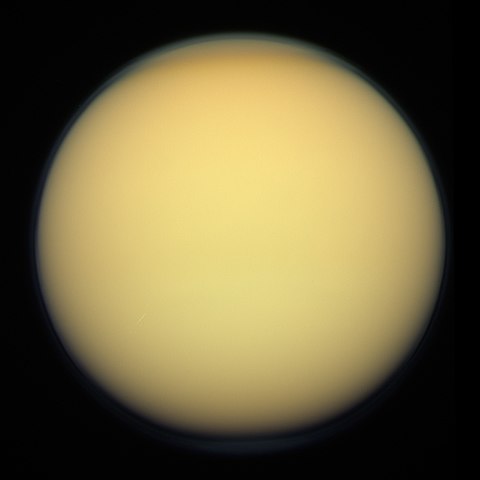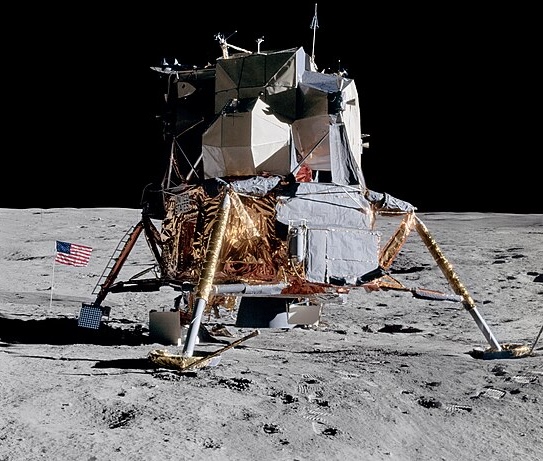1 day / second
0.5 AU
Sakigake
Spacecraft
Japan's first deep space probe, launched in 1985 to study Halley's Comet and conduct observations of the solar wind before contact was lost in 1995.
Key Facts
organization | JAXA |
orbital regime | Inner System |
learn more | Wikipedia |
launched | 1985-01-07 |
defunct | 1995-11-15 |
launch mass | 138.1 kg |
Mission Timeline
Launched
January 7, 1985 at 19:27 UTC
Halley's Comet (1P/Halley)
Flyby
Sakigake made a distant flyby of Halley's Comet on March 11, 1986, passing at a distance of about 7 million kilometers while measuring the comet's plasma and magnetic field environment.
Defunct
November 15, 1995 at 00:00 UTC
Sakigake's mission came to an end when data contact was lost in November 1995, though its radio beacon continued transmitting until 1999.
